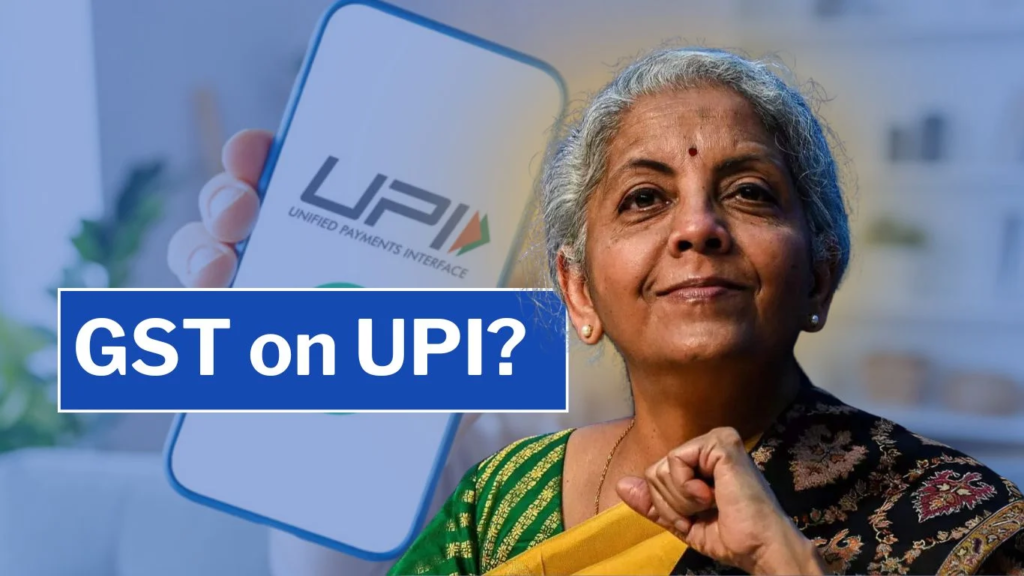According to news sources, the Indian government is considering a plan to apply Goods and Services Tax (GST) on Unified Payments Interface (UPI) Payments that exceed ₹2,000 and SinceGST on UPI Payments has become a vital part of everyday transactions, this potential tax has raised concerns among various users, including individuals and small business owners.
What Is the Proposed Change?
The proposal suggests that digital payments made through UPI that go over ₹2,000 in a single transaction could fall under the GST regulations. The aim is to improve tax compliance and integrate more digital transactions into the formal economy. If this plan is approved, an 18% GST, which is the standard rate for most digital services, could be applied to these larger transactions.
Although still being evaluated, this proposal could significantly alter India’s digital payments landscape, which has been promoted as a free and user-friendly service.
Who Might Be Affected?

Individuals: If this rule is put into effect, it could impact everyday payments like rent, grocery shopping, or dining out, particularly for those who prefer using UPI instead of cash or cards. To stay under the ₹2,000 limit, users might have to break payments into smaller amounts, which could be inconvenient and not always practical.
Small Businesses and Freelancers: Those receiving larger payments through UPI may find themselves subject to GST, requiring them to register under the GST system if they haven’t already. This could raise their compliance duties and business expenses. To cope with the potential effects, many small vendors or freelancers might raise their prices, leading to slightly higher costs for customers.
Key Points of the Proposal
GST is charged on UPI transactions that exceed ₹2,000.
Both peer-to-peer and merchant transactions could be included.
The proposed GST rate is expected to be around 18%.
No official date for implementation has been announced.
If this GST on UPI transactions is enforced, it could change how individuals and businesses use digital payments. While it may boost tax revenue, it also presents challenges regarding convenience and affordability within the UPI system.
MUST READ: Changes in online payment rules in India from March 1










